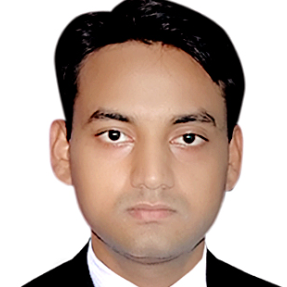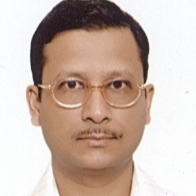International Journal of Intelligent Systems and Applications (IJISA)
IJISA Vol. 5, No. 9, 8 Aug. 2013
Cover page and Table of Contents: PDF (size: 761KB)
A Multiagent Planning Approach to Model a Tele-Surgery Domain
PDF (761KB), PP.27-38
Views: 0 Downloads: 0
Author(s)
Index Terms
Tele Surgery, Agent Communication, CCS, Multiagent Planning, Bisumulation
Abstract
Technological advancements have led to the development of few commercially available tele-surgery systems till date. However such systems are very expensive. In tele-surgery, the task of a surgeon (the activities related to a surgery) is partially executed by a robot. Typically, the robot is under the control of a surgeon; it executes the instructions of the controlling surgeon. In this paper we give formal model of a tele-surgery domain (heart surgery) as a multiagent planning problem. The actions related to the surgery are represented as planning operators. The model consists of two interactive agents, referred to as EXPERT and INTERN. The EXPERT controls the activities of the INTERN. The INTERN executes the actions suggested by the EXPERT. The state space of each agent is modeled as a transition system. The communication of the agents is modeled using CCS. We have defined a condition to establish the success of the surgery using notions of finite games. We have also developed a prototype implementation incorporating the above features.
Cite This Paper
Amod Kumar Lal, Rajdeep Niyogi, "A Multiagent Planning Approach to Model a Tele-Surgery Domain", International Journal of Intelligent Systems and Applications(IJISA), vol.5, no.9, pp.27-38, 2013. DOI:10.5815/ijisa.2013.09.04
Reference
[1]S. Russell and P. Norvig, “Artificial Intelligence: A modern Approach”, Prentice Hall, 1995
[2]“Remote Surgery”, http://en.wikipedia.org/wiki/Remote_surgery, 2012.
[3]K. Brady and T. J. Tarn, “Internet-Based Remote Teleoperation”, Proceedings of the 1998 IEEE Int. Conf. on Robotics and Automation, 1998.
[4]A. Ferworn, R. Roque, I. Vecchia and MAX, “Wireless teleoperation via the World Wide Web”, Proc. IASTED Conf. on Robotics & Applications, 1999.
[5]H. Hu, L. Yu, P. W. Tsui, Q. Zhou, “Internet-based Robotic Systems for Teleoperation”, International Journal of Assembly Automation, Vol. 21, No. 2, 2001.
[6]“The Circulatory System” http://lsa.colorado.edu/essence/texts/heart.html
[7]A. Moreno, “Medical Applications of Multi-Agent Systems”, Computer Science & Mathematics Department, Universitat Rovira i Virgili, Spain, 2003.
[8]“Coronary Artery Disease”, Surgical Associates of Texas, P.A., Texas heart Institute, April 2005.
[9]M. de Weerdt, A. ter Mors, and C. Witteveen. “Multi-agent planning-an introduction to planning and coordination”. Technical report, Delft University of Technology, 2005.
[10]J. J. Regan, MD and E. C. Benzel, MD, “Robotics and Computers in Minimally Invasive Spine Surgery, January 2nd 2010.
[11]“Virtual Open Heart Surgery”, http://www.abc.net.au/science/lcs/swf/heart.swf.
[12]A.K. Lal and R. Niyogi, “Formal Modeling of a Tele-surgery domain as a Multiagent planning problem”, Third International Conference on Advanced Computing & Communication Technologies, pg 55-58, April 6-7, 2013, Rohtak, India.

